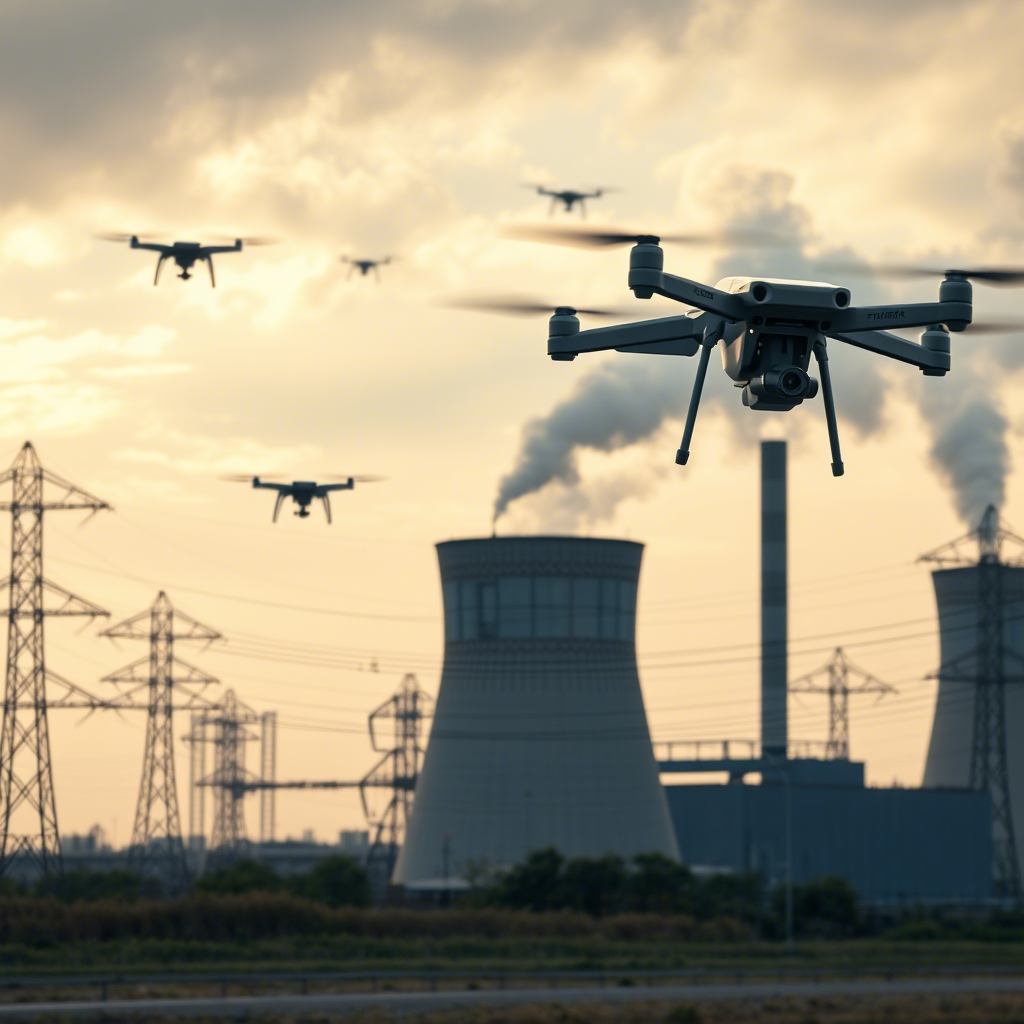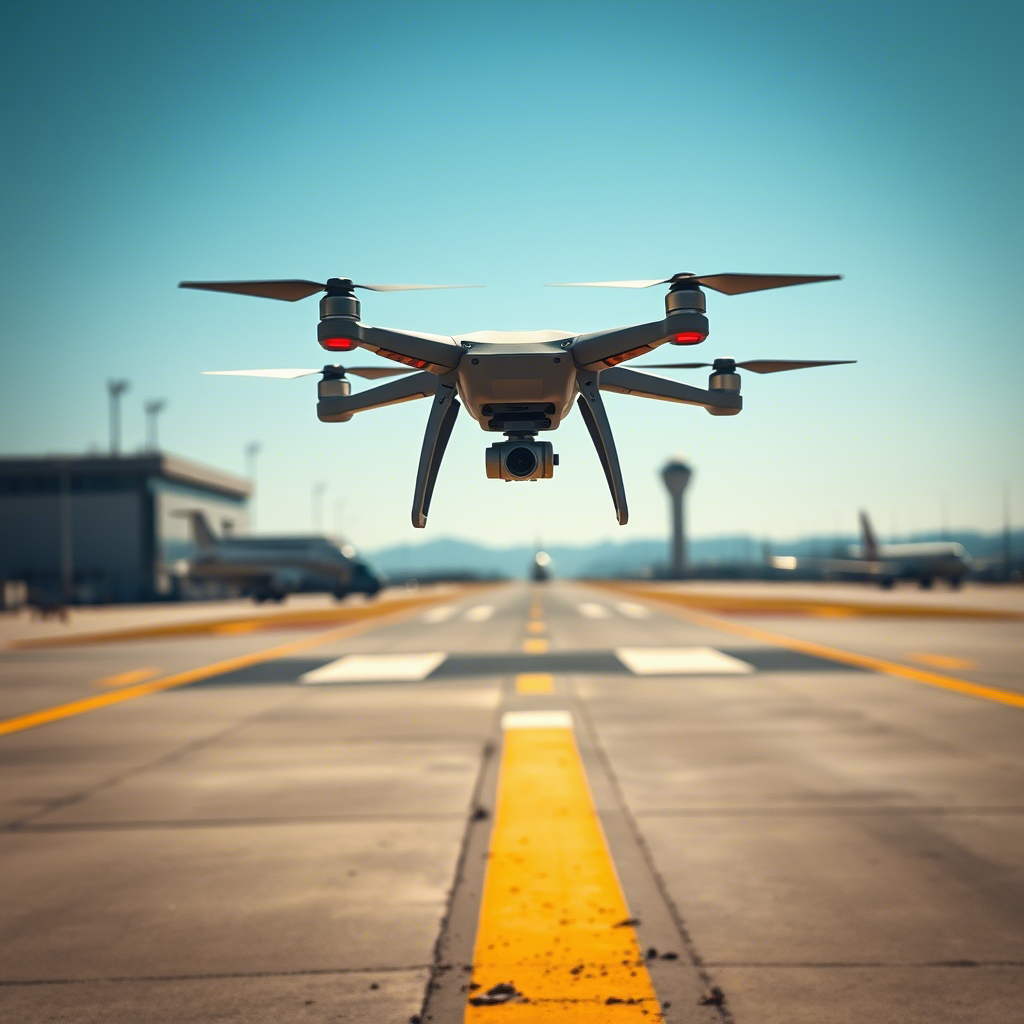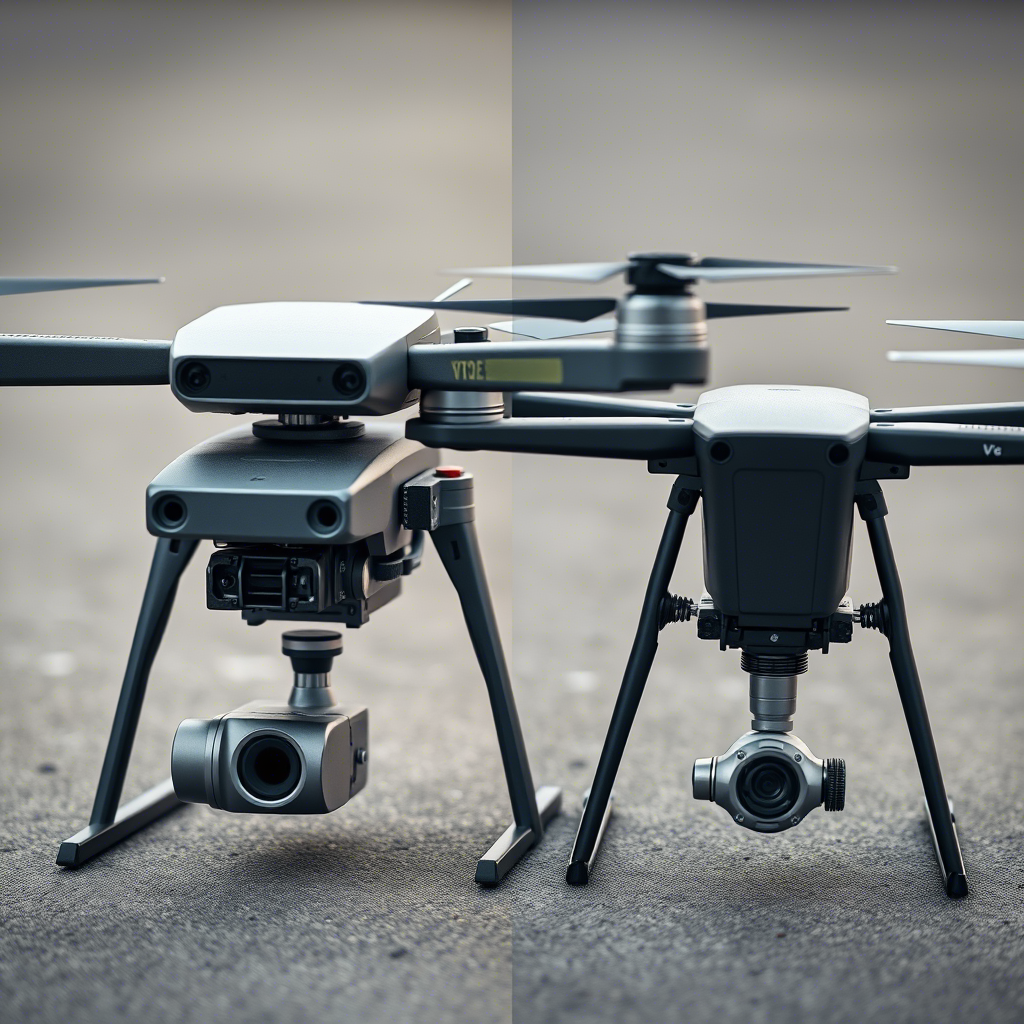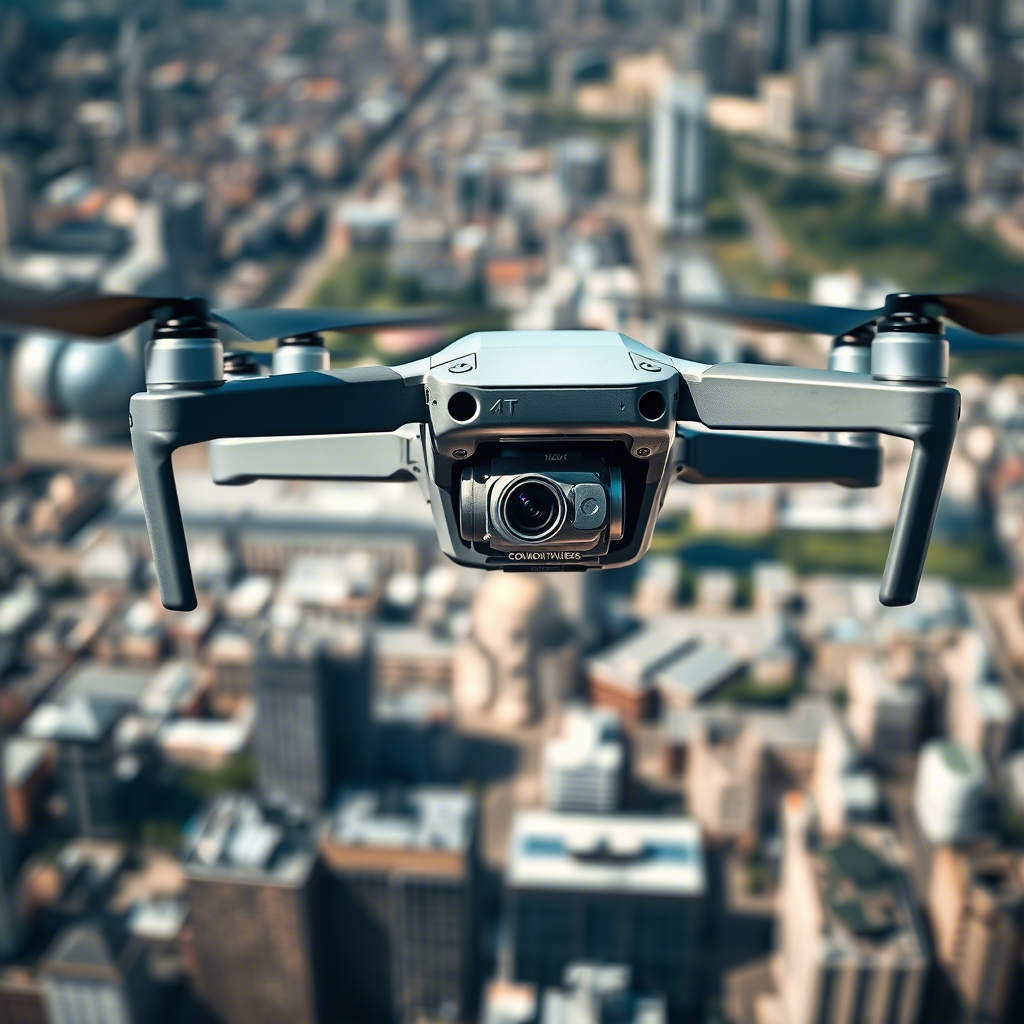
Advantages of modular design for agricultural drones
Advantages of modular design for agricultural drones Advantages of Modular Design in Plant Protection DronesThe agricultural sector is increasingly adopting modular design principles in plant protection drones to address evolving […]
Advantages of modular design for agricultural drones Read More »






